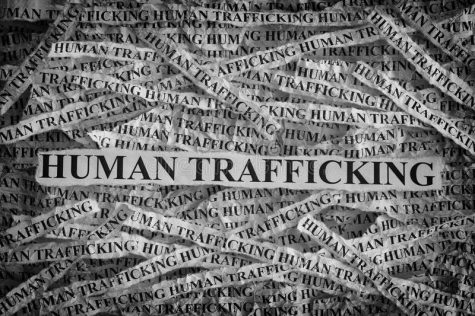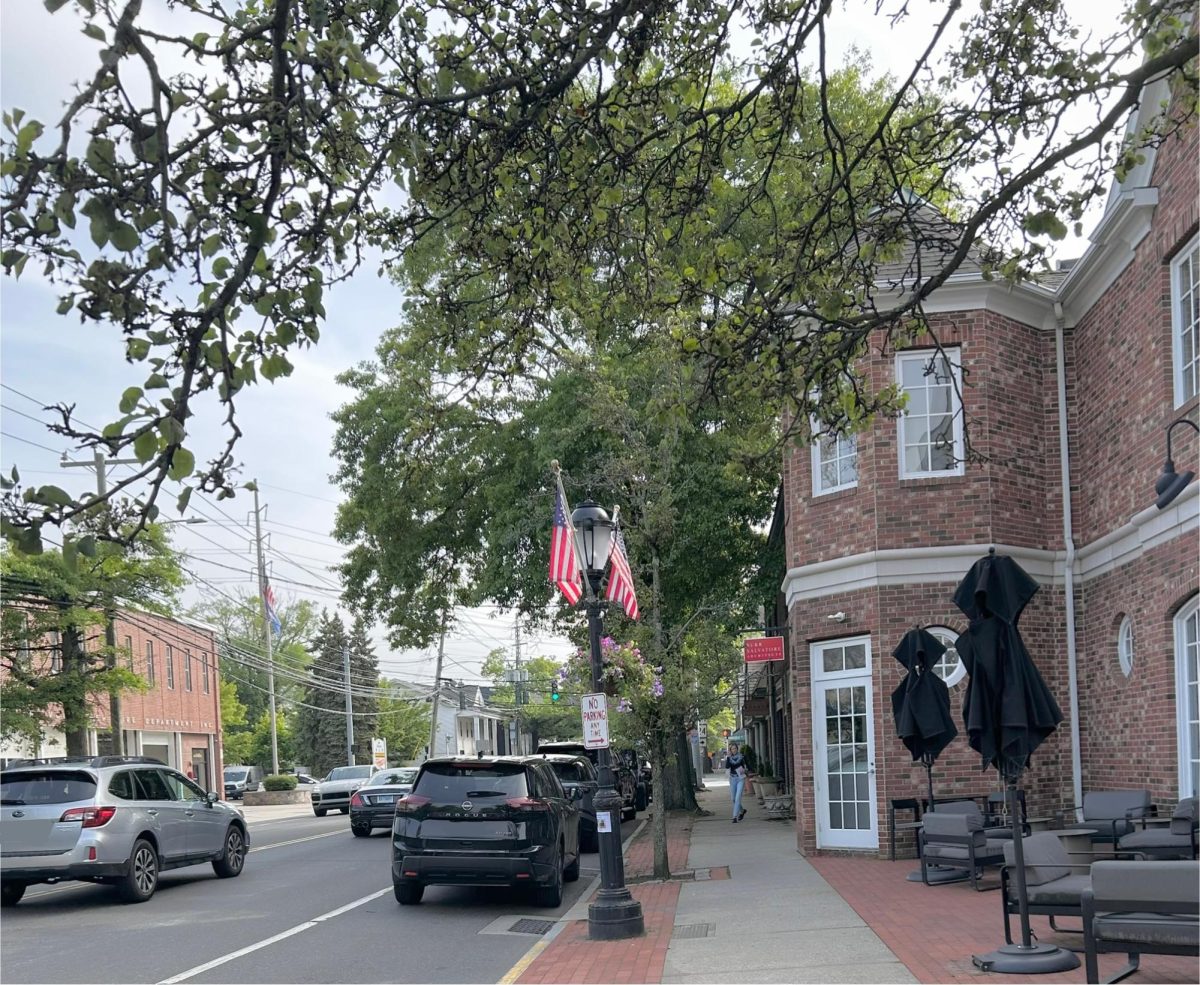Human Trafficking: Common Myths of the Worldwide Issue
The common misconceptions of human trafficking
February 24, 2020
One of the most prominent issues in America today is rarely mentioned in the news. Although many believe that this issue is outdated, according to Polaris, there are 22,326 survivors and victims of human trafficking in 2019. These numbers may seem low, but trafficking is widely unreported leaving the thousands of survivors voices unheard. The most important thing to do is educate yourself on the issue and see how you can make a difference. In order to educate, you must begin by learning the myths of human trafficking. These false ideals make it hard to really understand the reality of the situation, especially for students who aren’t taught on this issue. Sex trafficking occurs everywhere in the world, including the United States, it can happen in cities, suburbs and even rural areas. Here’s some of the facts about the global issue.

One of the countless myths about human trafficking is that it always involves sex. This is very false, in fact it is believed that there are more cases of labor trafficking rather than sex trafficking worldwide. Both types of trafficking entail the exploitation of its victims, 4.8 million victims are exploited for sex in comparison to the 16 million who are trafficked for forced labor according to Safe Horizon. This myth spurs from the fact that 71% of victims are female, making it a common assumption of most that they are sex trafficked. Girls and boys are commonly subject to different types of trafficking, while females are usually forced into marriage and sexual exploitation, males tend to be trafficked for forced labor. Forced labor, which is more common, accounts for $150 billion in illegal profits per year (Safe Horizon). Although this is more prominent, it is still true that sex trafficking exists throughout the world and the United States. 3.8 million adults have been exploited for sex and 1 million children are trafficked for sexual exploitation.
Traffickers use control tactics in order to gain their victims, contrary to common belief most traffickers groom their victims and know them prior to incidents of trafficking. Tonya, who shared her story on her trafficking experience, described it as “She was held against her will, beaten and made to feel like she had no other option at the time, all by the man she thought she loved” (ICE). Many of the survivors have described their traffickers as spouses, romantic partners, family members and even parents. This does not always occur, but in most cases the victim is at the same threat from a stranger as someone they know. This does not mean that you should live in fear, this means you should know the first signs of grooming are gaining trust, making the victim dependent as well as isolation from other people. The manipulation done by groomers leads to trafficking because the groomer is able to make the victim feel vulnerable without them. From a young age students are taught to avoid vans and learn about stranger danger, but there’s a risk from everyone not just people who drive suspicious cars. Not every stranger is a trafficker, grooming can happen to anyone without their own knowledge. Anyone can manipulate you, it is not always a stranger that is a trafficker. This is why it is important to debunk these “myths” portrayed by the media, the real knowledge of trafficking is based within the facts.
Although many believe that victims are kidnapped and smuggled over borders, in reality human trafficking could occur from one’s own homes. It could also occur at hotels, motels, truck stops and online, not always international countries as previously believed. Trafficking is not smuggling, and there is a large difference between the two terms. Trafficking does not require the movement of the victims, but exploitation, smuggling requires moving one off a country’s borders without consent. This common misconception of the issue at hand makes it difficult for many to fathom that trafficking is one of the worlds largest growing criminal industries, and it happens everyday.
Although this is a criminal act, the perception that trafficking only occurs in illegal underground industries is actually incorrect. Trafficking has occurred in many ordinary industries such as factories, construction sites and even restaurants. Not only this, but targets of trafficking are not only poor foreign born individuals as it is perceived by the media.
The common myths of this issue make it easily neglected by the media, but is a growing industry that affects us all. This worldwide issue is not what it is perceived to be, anyone can fall victim to trafficking so we must educate ourselves on the impact of this. Trafficking can happen to anyone, it could be for anything and it could happen right in their own home. This is why it is important to analyse the myths of trafficking in order to understand the signs. This is not an issue for any specific group of people, this can happen to anyone.






